 Hardware Tutorial
Hardware Tutorial
 Hardware News
Hardware News
 The popularization of Type-C is not an overnight effort: exploring the evolution of mobile phone interfaces
The popularization of Type-C is not an overnight effort: exploring the evolution of mobile phone interfaces
The popularization of Type-C is not an overnight effort: exploring the evolution of mobile phone interfaces
The iPhone 15 series finally bids farewell to the Lightning interface and uses the more mainstream and versatile Type C interface. At this point, it has become possible to use one C-port cable for different devices such as Android phones, iPhones, laptops, tablets, and cameras.
#However, when we turn back the time, we can find that the mobile phone interface has gone through a long evolution process. Before the unified interface of mobile phones, we can see all kinds of interfaces with different standards and shapes, which are confusing and unique.
Pre-smartphone era: each fighting for itself and not sharing the same common ground
The dominant player in the mobile phone industry for the past 10 years, Definitely Apple. However, all calculations indicate that smartphones have only been popularized for more than ten years, and there is still a long period of feature phones before that. Perhaps people today don’t have much memory of the mobile phone market structure more than ten years ago. Xiaolei found a report on global mobile phone shipments in 2010 from the market research organization Gartner.
In 2010, Apple has brought the revolutionary iPhone 4, establishing its position as the future hegemon. But at that time, Nokia's mobile phone empire had not yet collapsed, with a market share of nearly 30%; Samsung and LG ranked second and third respectively. It can be said that it was an era when smartphones were developing rapidly and old and new operating systems were competing, but feature phones were still the mainstream. As for the mobile phone interface, it feels rich and messy.
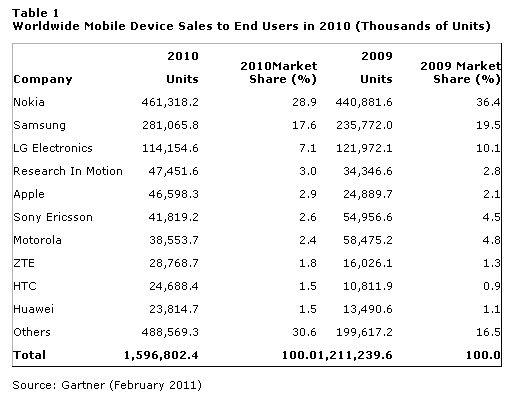
(Photo source: Gartner)
Nokia: Round charging Port Mini USB
# In the pre-smartphone era, Nokia, the dominant player, shipped a large number of feature phones. The typical charging interface of Nokia at that time was a round port, and the charging cable was inserted into the mobile phone like a needle. The circular interface only has the function of charging and is not responsible for data transmission.
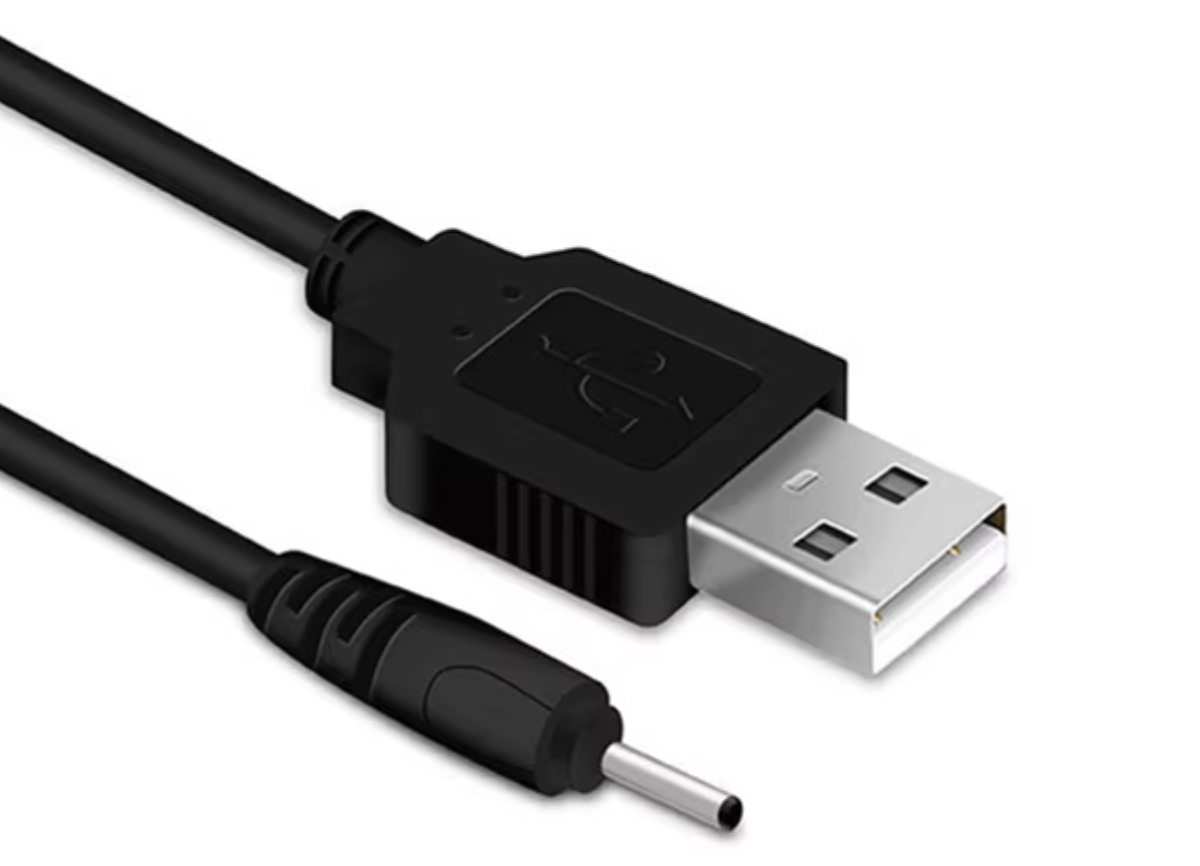
(Source: Taobao)
At that time, a large number of Nokia The S40 feature phone has basic entertainment functions, including cameras, games, music, etc., and can install some third-party Java applications, so there are also data transmission scenarios. Therefore, Nokia will configure an additional data port in addition to charging, namely Mini USB. This type of interface has a T-shaped shape and can be distinguished between front and back. It looks old and rough now, but at that time it was the most versatile interface. In addition to mobile phones, it was also widely used in mobile devices such as PDAs and MP3 players.

(Source: Taobao)
Samsung, Sony Ericsson, Palm Wait: Start anew
Today, Samsung has always been at the top of the list of smartphone shipments, but in the era of feature phones, it was always outnumbered by Nokia. At that time, Samsung mobile phones were not willing to use the same charging and data interfaces as Nokia, but chose to start from scratch. Samsung's Anycall series has used its own long strip interface, which looks a bit like the connection port of a mobile hard disk and is not common with other mobile phones.
Sony Ericsson has come up with the Fast-Port charging port, which is a rather peculiar two-hole interface. In actual use, problems such as poor contact are prone to occur. The benefits The data transfer rate is higher.
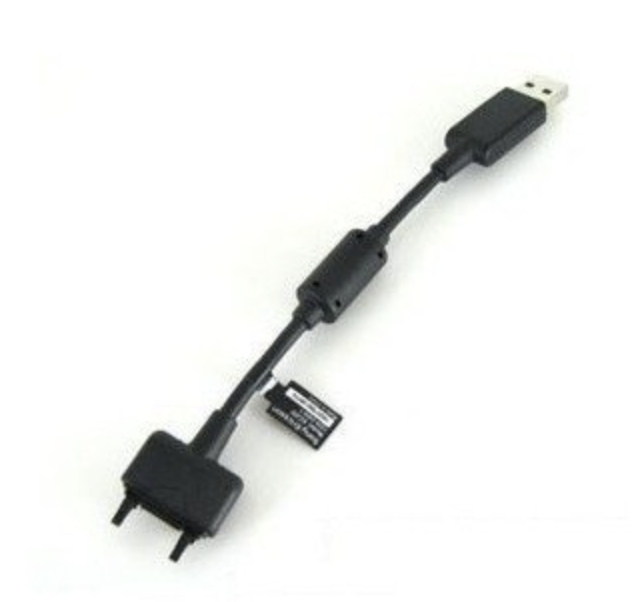
(Source: Amazon)
At that time, Palm was still a family A company that has completed the transformation from PDA to mobile phone, the charging port of Palm OS mobile phone is multi-pin type, which looks like a card slot on the motherboard, with a large area and full of metal contacts.
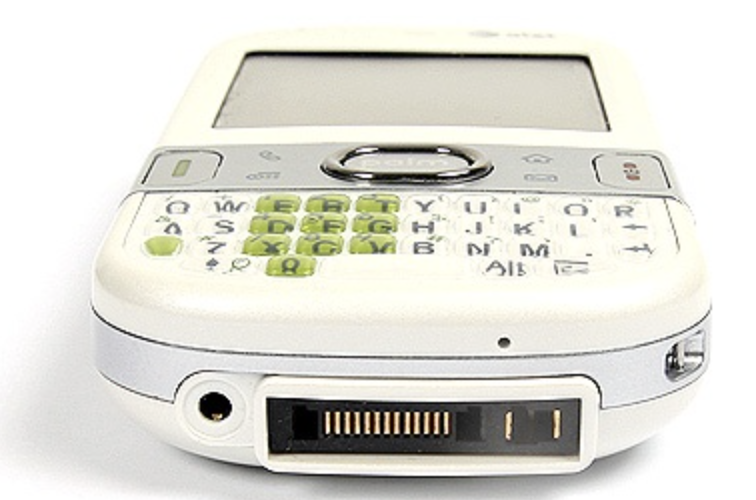
(Photo source: Zhongguancun)
Of course, in the era of functional phones There are far more mobile phone charging and data interfaces than these. At that time, although Nokia was the dominant player, there were many small and medium-sized manufacturers. Moreover, at that time, there was no awareness that mobile phone charging ports should be unified, and many brands were more willing to start over and develop their own set of standards. However, it can also be seen that in the later period of the feature phone era, mobile phone interfaces were gradually simplified, charging and data ports were gradually combined into one, and overlords like Nokia were more willing to promote the popularization of universal interfaces such as the more mainstream Mini USB.
Smartphones are becoming more popular, and interfaces are becoming more unified
In 2007, the arrival of the iPhone opened up a new category of touch-screen smartphones. In 2010, the explosion of iPhone 4 pointed the direction for the mobile phone industry. After a period of fighting and melee, the intelligent transformation of the old empire Nokia failed, and the former mobile phone system giant Symbian was abandoned; the newly entered Windows Phone was defeated and was jointly strangled by Android and iOS; WebOS, BlackBerry OS, A series of niche systems such as Baba are quickly dying out. In the new smartphone era, the evolution of mobile phone interfaces is dominated by Apple and Android.
Apple: Three technological evolutions, forced to move towards Port C
From 2007 to 2011, iPhone use The charging data interface is Dock Connector, which has been used on iPod before. The Dock Connector is designed with 30 pins and is in a long strip shape. The disadvantages of this kind of interface are obvious. It is large and unsightly, requires distinguishing between positive and negative, and is easy to break. However, at that time, this interface was not too outdated. In addition to data transmission and charging, iPhones and iPads could also be equipped with projection functions through adapters.
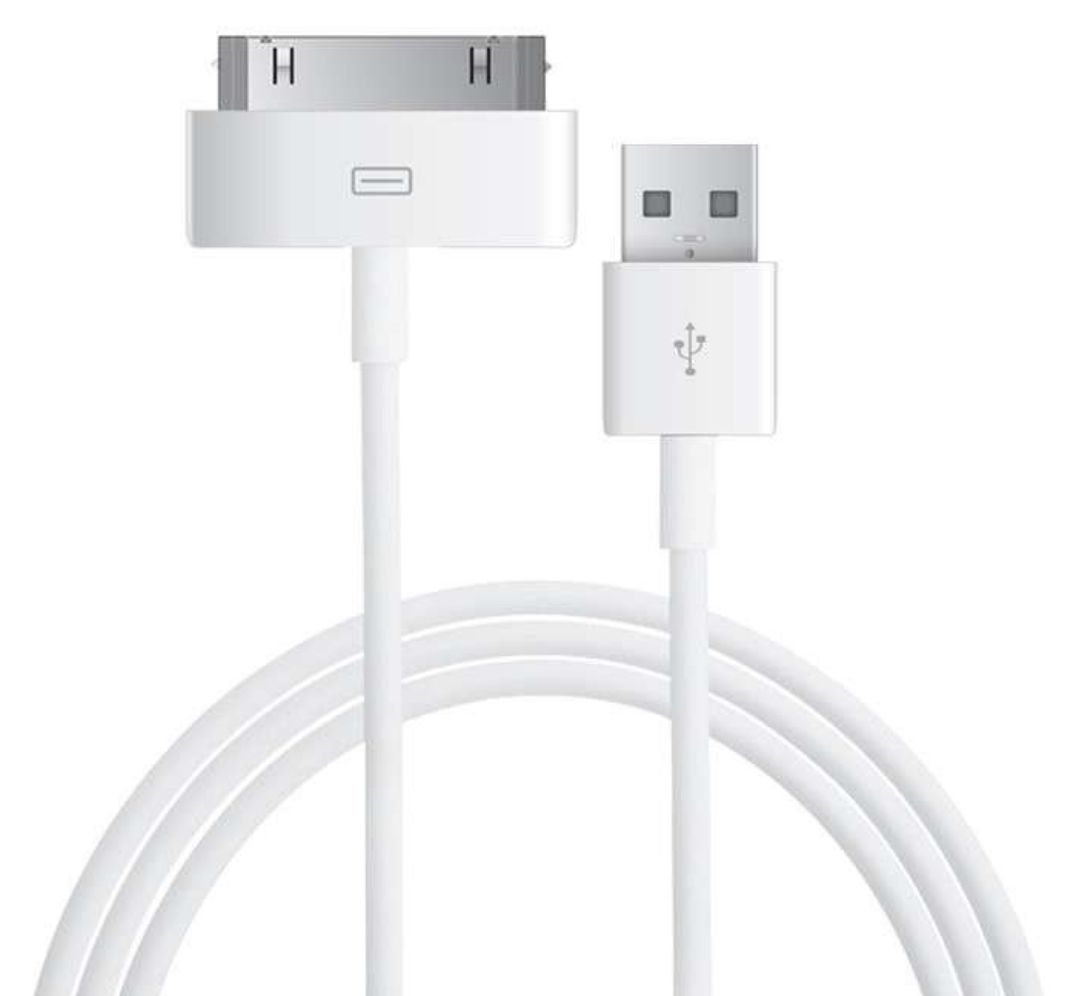
(Source: Amazon)
In 2012, with With iPhone 5, Apple has introduced a new interface called Lightning. Compared with the 30-pin interface, its advantages are very obvious. It is compact in shape, greatly reduced in volume, much more reliable, and does not distinguish between forward and reverse insertion. At the time, it was no exaggeration to say that Lightning was “extremely advanced.” However, no one expected that Lighting would last 10 years after being used. While Apple’s own MacBooks and iPads have adopted Type-C ports, the iPhone still insists on using Lightning.
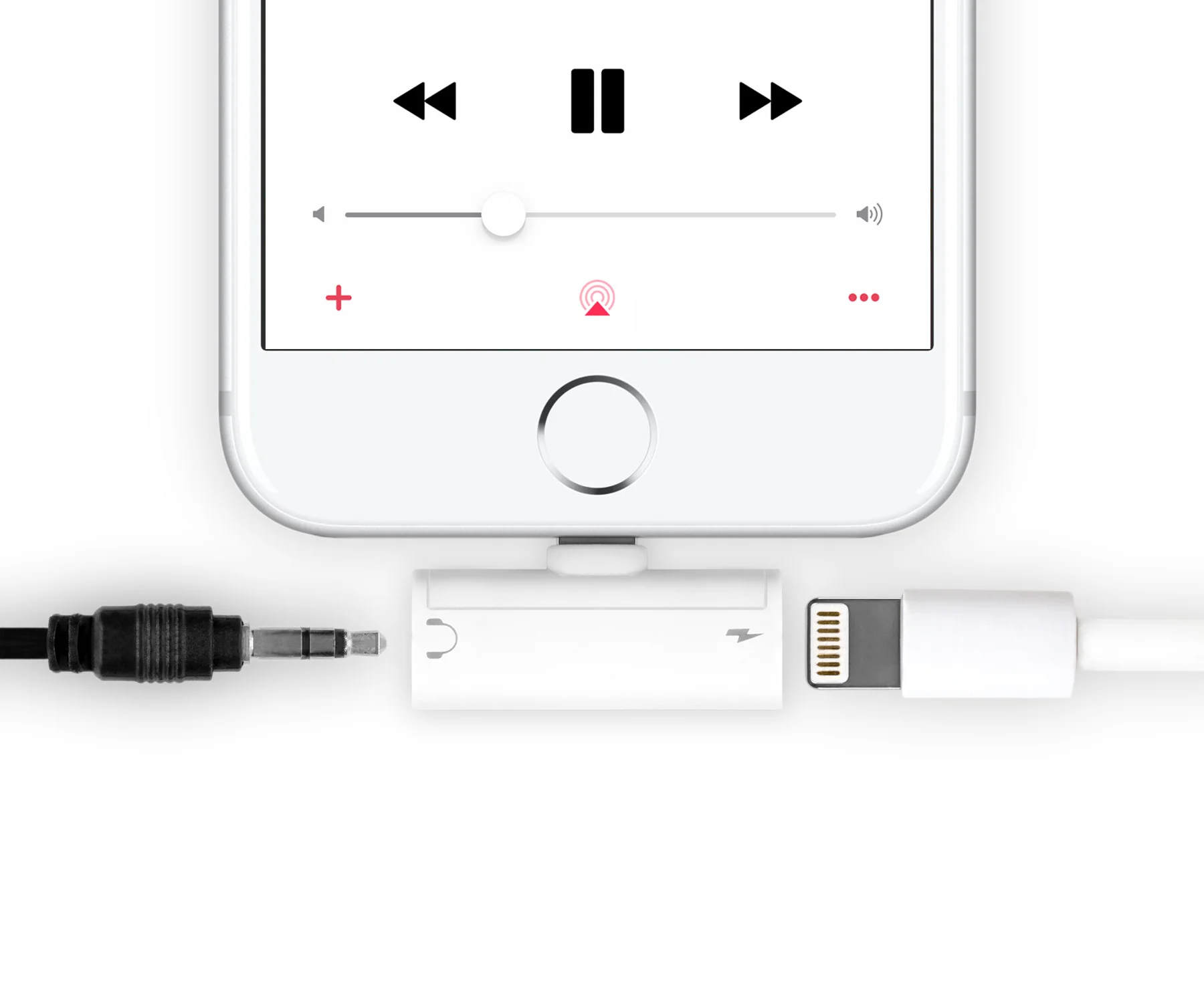
(Source: Aluratek)
In 2023, Apple finally The iPhone 15 series has been replaced with a C-mount. What’s rare is that Apple has not made too many restrictions on this Type-C port and supports the public version of the protocol, including PD fast charging and other standards. Of course, Apple has some reluctance behind adding C port to its mobile phones. EU regulations require the iPhone to wait for the changes to be completed, and MiFi-related income will inevitably be affected.

(Photo source: Apple)
Android: Quickly switch to C口
#Compared with Apple’s reluctance, the Android camp’s attitude towards mobile phone interfaces appears to be more positive. HTC Dream, the first commercial Android phone, was released in 2008, and the charging data interface was still Mini USB. Since then, the next generation of Micro USB ports has quickly become popular on Android phones, such as Xiaomi 1 released in 2011.
The next generation standard of Micro USB is the Type-C that we are all familiar with now. Interestingly, the first C-port related devices are all from "non-mainstream" "brand. The first mobile phone with a Type-C port was the LeTV Super Phone 1, released in April 2015; the first C-mount tablet was the Nokia N1, released in January 2015, an Android tablet; the first C-mount notebook It’s Apple’s 12-inch MacBook, released in March 2015.

(Photo source: this site)
It seems like this, 2015 can be regarded as the first year of the popularity of Type-C. Since then, C port has rapidly become popular on Android phones. For example, Xiaomi 5 and Huawei Mate 9 released in 2016 both use Type-C port. To this day, it is difficult to see mobile phone products with Micro USB interface even on mobile phones priced at 100 yuan.
In terms of results, Type-C replaced Lightning and ushered in the final victory. Of course, there are many reasons for this. In terms of parameter specifications, C port can provide higher standards and better experience than L port in terms of transmission rate, charging power, video output and other aspects. Lightning maintained a certain advantage at the beginning of its birth, but soon fell behind. Of course, the most fundamental thing is that Type-C is a more universal protocol and standard, while Lightning is Apple’s own interface. When most brands and products are using Type-C, it will be a matter of time before Lightning is terminated.
# Will Type-C be the end of mobile phone interfaces?
#Today, the popularity of C port has far exceeded many people’s imagination. In Xiaolei's own daily life, laptops use C port for charging, transferring files, and screencasting. Android phones, iPhones, and iPads also use C port, and Switch handheld devices still use C port. In most cases, a double C cable and a C-port fast charging head can meet the needs of various products.
However, the concept of Type-C is only a description of the size and shape of the interface. Under the same C port appearance, different devices and different cables carry standards and The protocol may be different. To put it simply, the cheapest and cheapest Type-C data cable may not support fast charging protocols or even have data functions; a very expensive double-C cable may support Thunderbolt 4, USB4 and many other protocols for charging. The power exceeds 100W and the transmission rate exceeds 40Gbps.
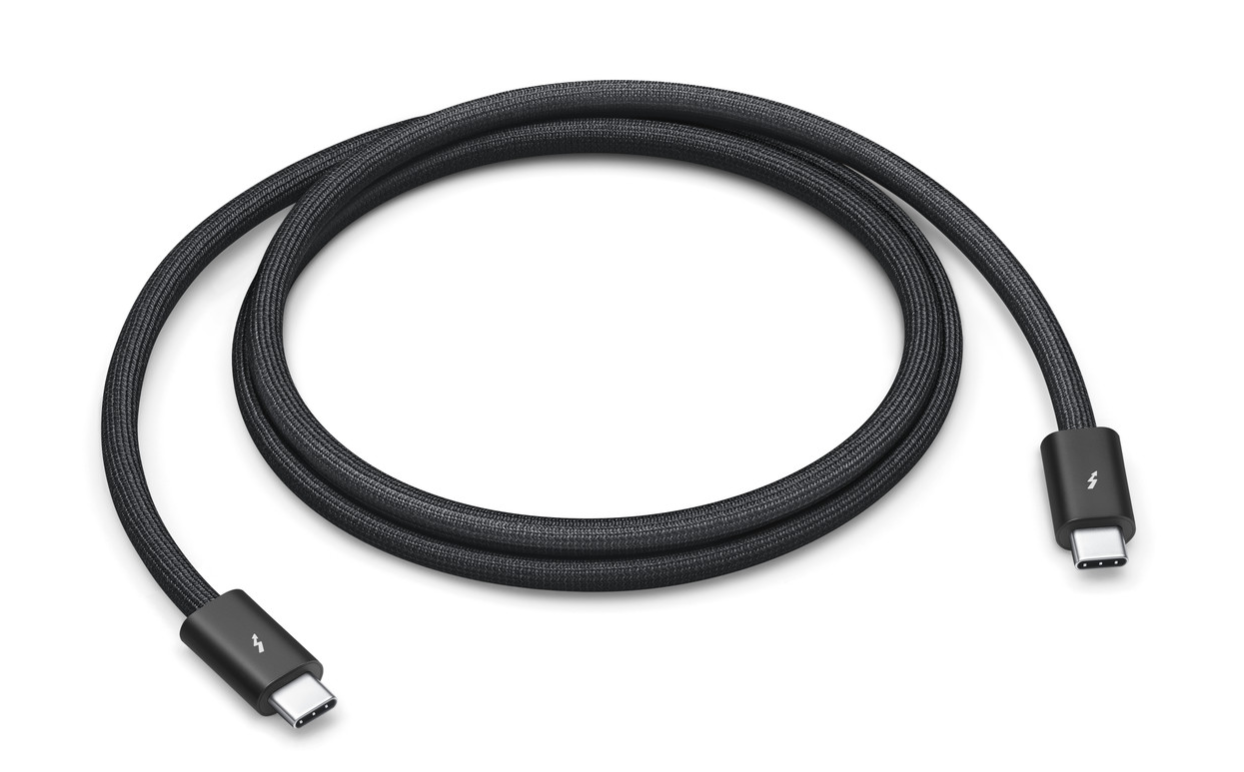
(Picture source: Apple)
As far as the Type-C port itself is concerned, the shape is small enough, and there is no need to distinguish between On the contrary, it has good durability and high penetration rate. It is not likely to be replaced by new types of interfaces for a long time in the future. However, in the form of C port, the specific transmission protocols and specifications will still be carried forward by new technologies.
Moreover, in addition to products such as mobile phones and tablets, there is still room for C port to continue to be popularized, such as power strips and charging ports in public areas, which we see most The USB-A port is still there, and the C port is rarely seen. For some smart home products, most charging cables still use Micro USB ports.
As for the future devices that Apple, Meizu and other brands have described as porous and completely cut off interfaces, Xiao Lei believes that it will take a long time to arrive.
The above is the detailed content of The popularization of Type-C is not an overnight effort: exploring the evolution of mobile phone interfaces. For more information, please follow other related articles on the PHP Chinese website!

Hot AI Tools

Undresser.AI Undress
AI-powered app for creating realistic nude photos

AI Clothes Remover
Online AI tool for removing clothes from photos.

Undress AI Tool
Undress images for free

Clothoff.io
AI clothes remover

AI Hentai Generator
Generate AI Hentai for free.

Hot Article

Hot Tools

Notepad++7.3.1
Easy-to-use and free code editor

SublimeText3 Chinese version
Chinese version, very easy to use

Zend Studio 13.0.1
Powerful PHP integrated development environment

Dreamweaver CS6
Visual web development tools

SublimeText3 Mac version
God-level code editing software (SublimeText3)

Hot Topics
 deepseek ios version download and installation tutorial
Feb 19, 2025 pm 04:00 PM
deepseek ios version download and installation tutorial
Feb 19, 2025 pm 04:00 PM
DeepSeek Smart AI Tool Download and Installation Guide (Apple Users) DeepSeek is a powerful AI tool. This article will guide Apple users how to download and install it. 1. Download and install steps: Open the AppStore app store and enter "DeepSeek" in the search bar. Carefully check the application name and developer information to ensure the correct version is downloaded. Click the "Get" button on the application details page. The first download may require AppleID password verification. After the download is completed, you can open it directly. 2. Registration process: Find the login/registration portal in the DeepSeek application. It is recommended to register with a mobile phone number. Enter your mobile phone number and receive the verification code. Check the user agreement,
 Why can't the Bybit exchange link be directly downloaded and installed?
Feb 21, 2025 pm 10:57 PM
Why can't the Bybit exchange link be directly downloaded and installed?
Feb 21, 2025 pm 10:57 PM
Why can’t the Bybit exchange link be directly downloaded and installed? Bybit is a cryptocurrency exchange that provides trading services to users. The exchange's mobile apps cannot be downloaded directly through AppStore or GooglePlay for the following reasons: 1. App Store policy restricts Apple and Google from having strict requirements on the types of applications allowed in the app store. Cryptocurrency exchange applications often do not meet these requirements because they involve financial services and require specific regulations and security standards. 2. Laws and regulations Compliance In many countries, activities related to cryptocurrency transactions are regulated or restricted. To comply with these regulations, Bybit Application can only be used through official websites or other authorized channels
 Sesame Open Door Trading Platform Download Mobile Version Gateio Trading Platform Download Address
Feb 28, 2025 am 10:51 AM
Sesame Open Door Trading Platform Download Mobile Version Gateio Trading Platform Download Address
Feb 28, 2025 am 10:51 AM
It is crucial to choose a formal channel to download the app and ensure the safety of your account.
 gate.io sesame door download Chinese tutorial
Feb 28, 2025 am 10:54 AM
gate.io sesame door download Chinese tutorial
Feb 28, 2025 am 10:54 AM
This article will guide you in detail how to access the official website of Gate.io, switch Chinese language, register or log in to your account, as well as optional mobile app download and use procedures, helping you easily get started with the Gate.io exchange. For more tutorials on using Gate.io in Chinese, please continue reading.
 How to find the download link of Ouyi okx Android and Apple
Feb 21, 2025 pm 05:39 PM
How to find the download link of Ouyi okx Android and Apple
Feb 21, 2025 pm 05:39 PM
Ouyi OKX is a world-leading cryptocurrency exchange that provides users with a safe and convenient trading experience. Users can download Ouyi OKX's mobile apps, including Android and Apple versions through official channels.
 Download link of Ouyi iOS version installation package
Feb 21, 2025 pm 07:42 PM
Download link of Ouyi iOS version installation package
Feb 21, 2025 pm 07:42 PM
Ouyi is a world-leading cryptocurrency exchange with its official iOS app that provides users with a convenient and secure digital asset management experience. Users can download the Ouyi iOS version installation package for free through the download link provided in this article, and enjoy the following main functions: Convenient trading platform: Users can easily buy and sell hundreds of cryptocurrencies on the Ouyi iOS app, including Bitcoin and Ethereum. and Dogecoin. Safe and reliable storage: Ouyi adopts advanced security technology to provide users with safe and reliable digital asset storage. 2FA, biometric authentication and other security measures ensure that user assets are not infringed. Real-time market data: Ouyi iOS app provides real-time market data and charts, allowing users to grasp encryption at any time
 Anbi app official download v2.96.2 latest version installation Anbi official Android version
Mar 04, 2025 pm 01:06 PM
Anbi app official download v2.96.2 latest version installation Anbi official Android version
Mar 04, 2025 pm 01:06 PM
Binance App official installation steps: Android needs to visit the official website to find the download link, choose the Android version to download and install; iOS search for "Binance" on the App Store. All should pay attention to the agreement through official channels.
 How to install and register an app for buying virtual coins?
Feb 21, 2025 pm 06:00 PM
How to install and register an app for buying virtual coins?
Feb 21, 2025 pm 06:00 PM
Abstract: This article aims to guide users on how to install and register a virtual currency trading application on Apple devices. Apple has strict regulations on virtual currency applications, so users need to take special steps to complete the installation process. This article will elaborate on the steps required, including downloading the application, creating an account, and verifying your identity. Following this article's guide, users can easily set up a virtual currency trading app on their Apple devices and start trading.





